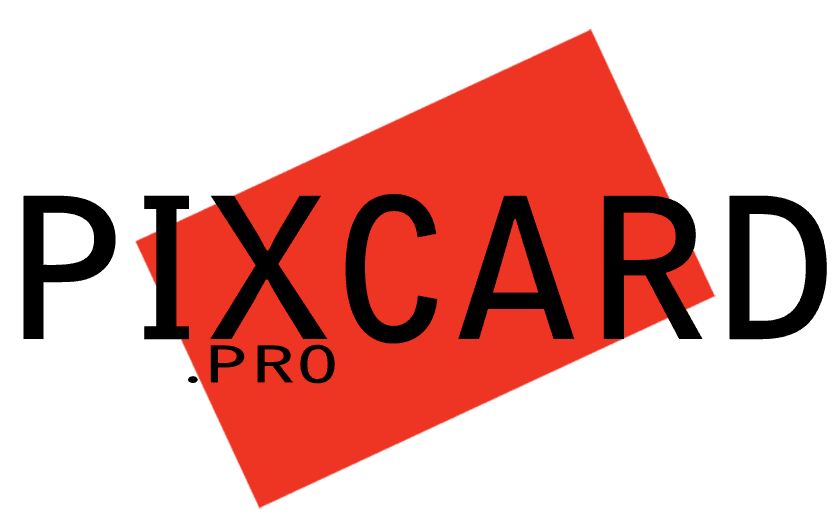Whether youre preparing genomic DNA, RNA or various other nucleic acid trial samples for downstream applications, which include PCRs, sequencing reactions, RFLPs and Upper and The southern part of blots, you should purify the sample to take out unwanted pollutants. DNA purification uses ethanol or isopropanol to medications the insoluble nucleic uric acid out of solution, leaving only the desired GENETICS that can afterward be resuspended in water.
There are a wide variety of DNA refinement kits that can be found to meet particular applications, http://www.mpsciences.com/2021/04/15/gene-synthesis-and-transcription-processes/ from high-throughput methods such as the Heater Shaker Magnet Device with preprogrammed methods, to kit choices that work on a microtiter denture with a liquid handler. The chemistry may differ, but all job by disruption of the cellular membrane with detergents, chaotropic salts or perhaps alkaline denaturation followed by centrifugation to separate sencillo and insoluble components.
After the lysate is prepared, laboratory technicians add ethanol or isopropanol, plus the DNA becomes insoluble and clumps together to form a white medicine that can be spooled out of the alcoholic beverages treatment. The alcohol is then removed by centrifugation, leaving fairly pure GENETICS that’s ready for spectrophotometry or other assays.
The spectrophotometry test assess the purity of the DNA by testing the absorbance by wavelengths 260 and 280 nm to discover how tightly the examining corresponds with all the concentration for the DNA inside the sample. Otherwise, the GENETICS can be quantified by running that on an agarose gel and staining this with ethidium bromide (EtBr). The amount of GENETICS present in the sample is normally calculated by comparing the high intensity of the EtBr-stained bands using a standard of known DNA content.
